The X.25 DTE Address is often referred to as the Network User Address (NUA), although strictly speaking the NUA is the base address allocated by a network to a subscriber, not including the sub-address.
The format of addresses for public networks is specified in X.121.
The first 4 digits are known as the DNIC, which identifies the particular network. The remaining digits are then assigned at the discretion of the network operator – for example, in the UK, the BT PSS network of the 1980s employed a numbering system using a 3-digit area code (which conformed with the area code of the telephone network) plus a 5-digit subscriber number, and another 2 digits were available for the sub-address.
X.25 Destination Addresses in Outgoing Calls
When making a call, many networks expect the full address to be supplied, including the DNIC.
Other networks do not require the DNIC for calls within the network, but if making a call to another network an escape digit is required in front of the DNIC (just like when adding the area code when dialling a telephone number) – this is why most X.25 addresses are limited to 14-digit, to allow space for the escape character.
X.25 Destination Addresses in Incoming Calls
Many networks provide the full Called Address in an Incoming Call packet; others withhold the base NUA, and just provide the sub-address, on the grounds that the X.25 host doesn’t need to know what its own address is.
X.25 Calling Addresses in Outgoing Calls
As the network already knows what the subscriber address is, it isn’t always necessary for an X.25 DTE to include its own address when making an Outgoing Call. The network will then insert the Calling Address field before forwarding the packet across the network to the remote DTE.
When using a Calling Sub-Address, then it depends on the network whether the entire address should be supplied, or just the sub-address.
